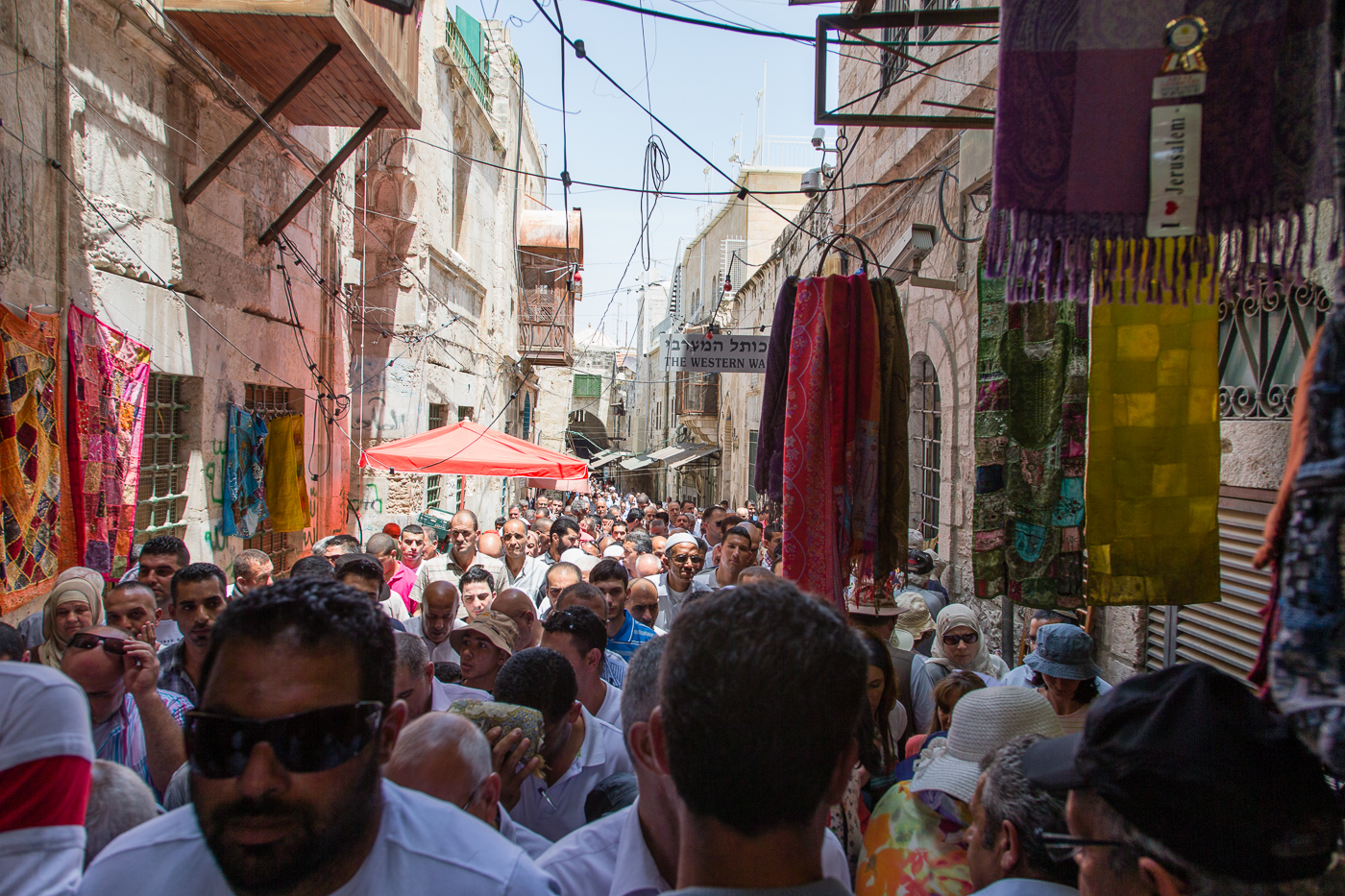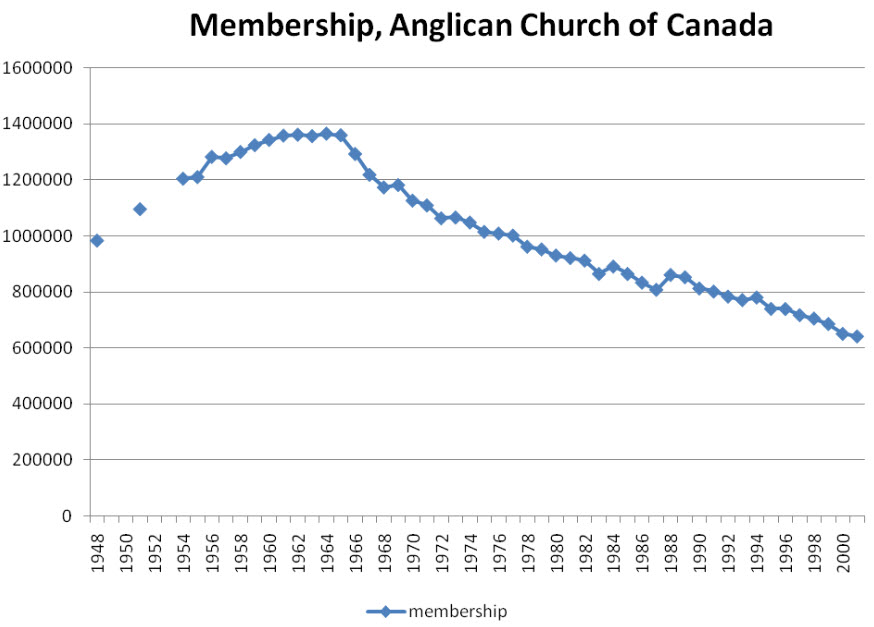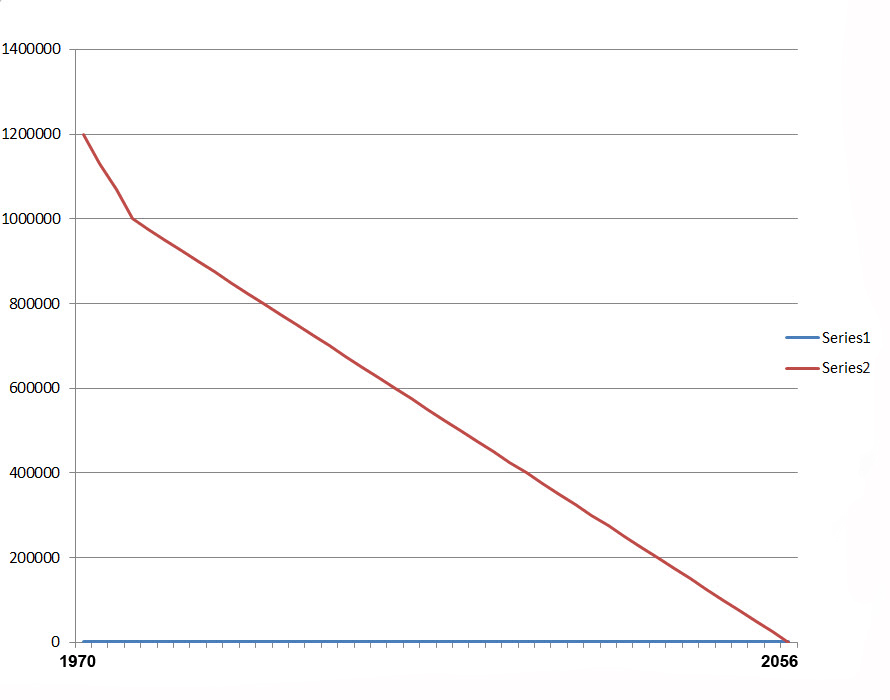From here:
In Game of Thrones we’re shown a world of medieval technology, accoutrement, and honorifics, but without chivalry (some lame pretense is made here and there, but it plays no part even in the life of the nobility, and the tale is told solely through their eyes) because there is no Christ to inspire it and no Church to encourage it. The denizens of the land claim a belief, of whatever sort, in “the gods,” who are never specified, whose mythology is never told, and of whom worship seems virtually nonexistent. The latter is the one significant breach with real-world paganism, which always involved true belief and often extravagant liturgics. There is also (as there was with Rome) a most implausible dearth of numinous awe for the natural world. One may have to pledge one’s son in marriage to the daughter of the castle-holder controlling a vital river crossing in order to get one’s army across, but of the necessity of offering a she-goat or woodcock to the river god himself in order to be granted safe passage there is nary a trace.
This is a significant oversight and makes the world a more modern one that the filmmakers should be comfortable with. Nevertheless, we are presented a generally accurate (for Hollywood) portrayal of what theologian David Bentley Hart calls the “glorious sadness” of ancient paganism in which life was short, or at least wildly precarious, and relatively meaningless while it lasted, and death both all too common and all too horrid to contemplate. Pleasures were to be grasped in whatever form they may be readily at hand, and whether they involved cruelty or kindness was a matter of relative taste. Joy may flit briefly by, but only in such a manner and measure as to enhance the agony of its loss and the poignancy of its ephemerality.
We in fact, live — and have lived — in a world significantly shorn of such things. Christ has come, hence the actual medieval world was very different from its portrayal in Game of Thrones. We do not fear death — or indeed life — as our pagan forbears did. We in the West have inhabited a world steeped in divine transcendence, with the clear moral order and attendant theological virtues of faith, hope, and love as the concomitant of God’s self-revelation and Christ’s sacrifice. Atheism in our day is seldom if ever properly Nietzschean — it’s more a form of cafeteria Christianity, the selections of which simply do not include God or Christ. The generally pathetic efforts to revive paganism are far too hopeful and, well, Christian, to be of any real account. (Not that the occult is benign: 1 Peter calls Satan a “ravening and roaring lion” against whose attacks we must vigilantly guard.).
Why should Christians watch Game of Thrones? There’s no necessity, and some will find the gratuitous sex and violence dangerous and damaging. It’s not for all. By God’s grace the world remains Christ-haunted; faith, hope, and love, when they are not subsumed into wastes of superstition, optimism, and sentimentality, still signify. And yet we live in another dark and superstitious time in which virtue increasingly lingers as a vestigial effluvium, while transcendence is ignored or positively rejected. Seeing the hopelessness and savagery of what this age threatens to become may serve to shake us from our torpor.
I have read the first three instalments of Game of Thrones and have watched the TV adaptation; perhaps it’s because I occasionally doze off in front of the TV, but I have no idea how someone viewing the series keeps track of everything without having read the books.
Fantasy and science fiction used to be mercifully devoid of the pornographic extravagances of other modern fiction; no longer, it seems. The Game of Thrones novels aren’t particularly well written so they can’t lay claim to the literary pretensions of, say, Henry Miller: nor can excursions into the titillative be a striving for realism – this is fantasy, after all. The reason is probably the usual one: an attempt to be different from what came before with the inevitable result of a monotonous conformity to the scribbling of the author’s contemporaries.
The novels do tell an interesting story, though, so I will probably find myself reading the fourth volume at some point.
Like this:
Like Loading...






